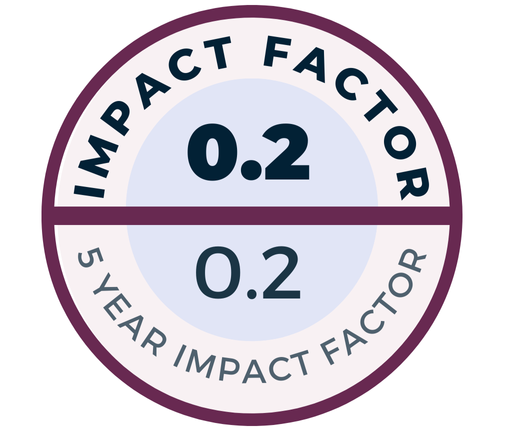Objective: To investigate the changes in nasal airway patency with different head positions in patients with allergic rhinitis (AR).
Methods: A total of 30 patients diagnosed with AR were included. The patients were asked to stand upright (temperature, 22-24°C; humidity, 40-70%), to lie down at an angle of 45° from the horizontal position, and to lie down in a supine position, maintaining each position for 20 minutes. A four-phase rhinomanometric (4PR) evaluation was performed on them in these 3 body positions. The effective and vertex resistances during inspiration and expiration were evaluated utilizing HRR2 4PR (RhinoLab GmbH, Hamburg, Germany).
Results: There was a significant decrease in nasal resistance and an obvious increase in nasal conductance with the alteration from the supine to the 45° inclined position (P < .05). There were noteworthy differences in the 4PR scores between the standing and supine positions and the supine and 45° inclined positions (P < .05). In contrast, no remarkable differences were detected in the 4PR scores between the standing and 45° inclined positions (P > .05).
Conclusion: Our results showed that head elevation impacts nasal resistance and airflow conductance in patients with AR. Objective measures of nasal obstruction are more evident in the supine position than in the standing and 45° inclined positions. These findings might enable some practical recommendations which our patients can follow to relieve their nasal obstruction caused by AR.
Cite this article as: Veziroğlu Birdane L, Erdogmuş Kucukcan N. Total nasal airway resistance with different head positions in allergic rhinitis patients: A four-phase rhinomanometric study. ENT Updates. 2021;11(2):87-89.

.jpeg)
